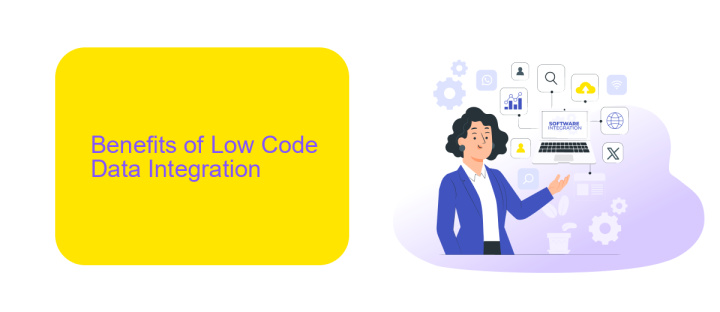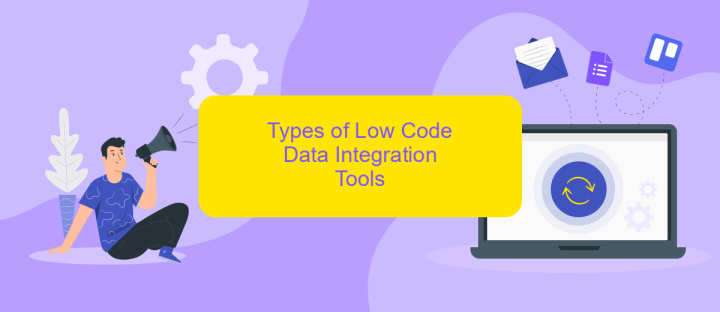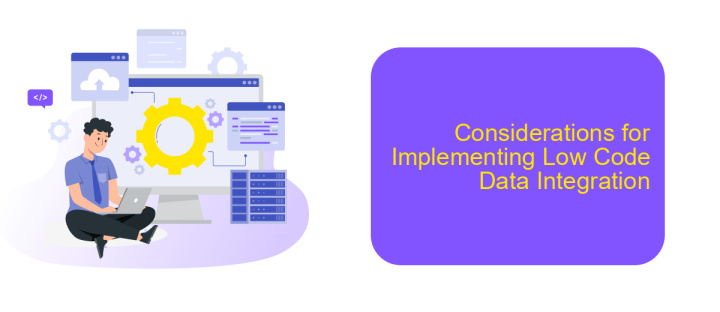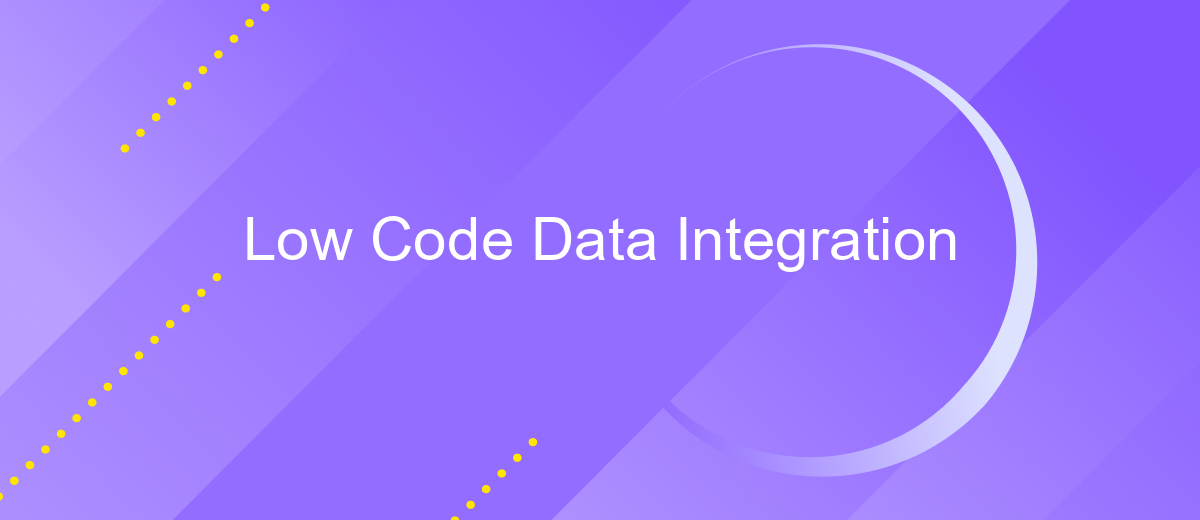Low Code Data Integration
Low Code Data Integration is revolutionizing the way businesses handle their data. By minimizing the need for extensive coding, this approach enables faster and more efficient data integration processes. It empowers non-technical users to create and manage complex data workflows, significantly reducing development time and costs. Discover how low code solutions are transforming data management and driving innovation across industries.
Introduction to Low Code Data Integration
Low Code Data Integration is revolutionizing the way businesses manage and integrate their data. By minimizing the need for extensive coding knowledge, this approach allows organizations to streamline their data processes more efficiently and effectively. It empowers non-technical users to create and manage integrations, reducing dependency on IT departments and accelerating project timelines.
- Ease of Use: Intuitive interfaces make it accessible for non-developers.
- Cost-Effective: Reduces the need for specialized coding skills.
- Scalability: Easily adapts to growing data needs.
- Flexibility: Supports a wide range of data sources and destinations.
One of the leading platforms in this space is ApiX-Drive, which offers a user-friendly interface for setting up data integrations without coding. With ApiX-Drive, users can connect various applications and automate data workflows, enhancing productivity and ensuring data consistency across systems. This makes it an invaluable tool for businesses looking to leverage Low Code Data Integration to its fullest potential.
Benefits of Low Code Data Integration

Low code data integration offers significant benefits for businesses by simplifying the process of connecting various systems and applications. This approach reduces the complexity and time required to set up integrations, allowing even non-technical users to manage data workflows efficiently. By using visual interfaces and pre-built connectors, organizations can quickly adapt to changing business needs without extensive coding knowledge. This accelerates the deployment of new integrations and enhances agility, ensuring that businesses can respond promptly to new opportunities and challenges.
Moreover, low code data integration tools like ApiX-Drive further streamline the process by providing a user-friendly platform for configuring integrations. ApiX-Drive enables users to connect diverse applications and automate data transfers with minimal effort. This reduces the reliance on IT departments and minimizes the risk of errors associated with manual processes. As a result, businesses can achieve seamless data synchronization, improve operational efficiency, and focus on strategic initiatives rather than getting bogged down by technical complexities.
Types of Low Code Data Integration Tools

Low code data integration tools are designed to simplify the process of connecting various data sources without extensive coding knowledge. These tools offer user-friendly interfaces and pre-built connectors to streamline data workflows and enhance productivity.
- Data Integration Platforms: These platforms provide a comprehensive suite of tools for connecting, transforming, and managing data across multiple systems. Examples include Informatica and Talend.
- API Integration Tools: These tools focus on connecting different applications and services via APIs. ApiX-Drive is a notable example, offering easy-to-use features for setting up and managing API integrations without needing to write code.
- ETL (Extract, Transform, Load) Tools: ETL tools automate the process of extracting data from various sources, transforming it into a usable format, and loading it into a target system. Popular options include Alteryx and Microsoft Power BI.
- Business Process Automation Tools: These tools integrate data and automate business processes, improving efficiency and reducing manual effort. Examples include Zapier and Microsoft Power Automate.
By leveraging these low code data integration tools, businesses can significantly reduce the time and effort required to connect disparate data sources, allowing for quicker decision-making and more agile operations.
Considerations for Implementing Low Code Data Integration

When implementing low code data integration, it's crucial to consider several factors to ensure a successful deployment. First, evaluate the complexity of your data sources and the types of data you need to integrate. Understanding these aspects will help you choose the right tools and platforms to meet your specific needs.
Next, assess the scalability and flexibility of the low code platform. It's important that the solution can grow with your business and adapt to changing requirements. Additionally, consider the ease of use and the learning curve for your team to ensure a smooth transition and efficient use of the platform.
- Data source compatibility
- Scalability and flexibility
- Ease of use and learning curve
- Security and compliance
- Vendor support and community resources
Platforms like ApiX-Drive can be particularly useful for low code data integration, offering a user-friendly interface and robust support for various data sources. By carefully considering these factors, you can implement a low code data integration solution that enhances your data management capabilities and drives business growth.
Conclusion
The adoption of low code data integration solutions has revolutionized the way businesses handle data. By simplifying the integration process, these tools enable organizations to connect disparate systems and data sources with minimal technical expertise, thereby accelerating digital transformation efforts. This approach not only reduces the time and cost associated with traditional coding methods but also empowers non-technical users to contribute to data management and integration tasks.
Services like ApiX-Drive exemplify the benefits of low code data integration by offering user-friendly interfaces and robust functionality. With ApiX-Drive, businesses can easily set up automated workflows and integrate various applications without the need for extensive coding knowledge. This democratization of data integration fosters greater collaboration across departments, enhances data accuracy, and ultimately drives better decision-making. As the demand for agile and efficient data management continues to grow, low code solutions will play an increasingly vital role in helping organizations stay competitive in a data-driven world.
FAQ
What is Low Code Data Integration?
How does Low Code Data Integration benefit businesses?
Can non-developers use Low Code Data Integration platforms?
What types of data sources can be integrated using Low Code Data Integration tools?
How can I automate data integration processes?
Strive to take your business to the next level, achieve your goals faster and more efficiently? Apix-Drive is your reliable assistant for these tasks. An online service and application connector will help you automate key business processes and get rid of the routine. You and your employees will free up time for important core tasks. Try Apix-Drive features for free to see the effectiveness of the online connector for yourself.

